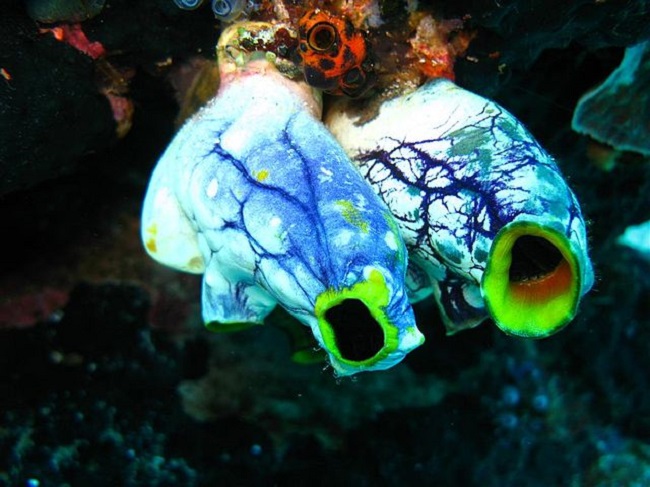
For long, scientists have attempted to determine the structure of an unusual form of calcium carbonate known as vaterite. The main problem posed to researchers has been finding a reliable supply of the raw material. Vaterite is exceedingly difficult to synthesize in the laboratory. However, while it is fairly uncommon in nature, it is known to be a component of certain kinds of otoliths (fish ear bones), freshwater pearls and sea squirt spicules.
Spicules are minute spikes that form a sea squirt’s “skeletal” structure. By the researchers’ own standards, sea squirt spicules serve as the best example of crystal vaterite. Sea squirts were first identified as an ideal source of the mineral in a paper published in 1975.
More recently, it was discovered that vaterite crystal is formed from two or more crystallographic structures—one (or more) minor form(s) enveloped by a major form. This discovery was made by examining sea squirt spicules under aberration-corrected high-resolution transmission electron microscopy.










0 Comments